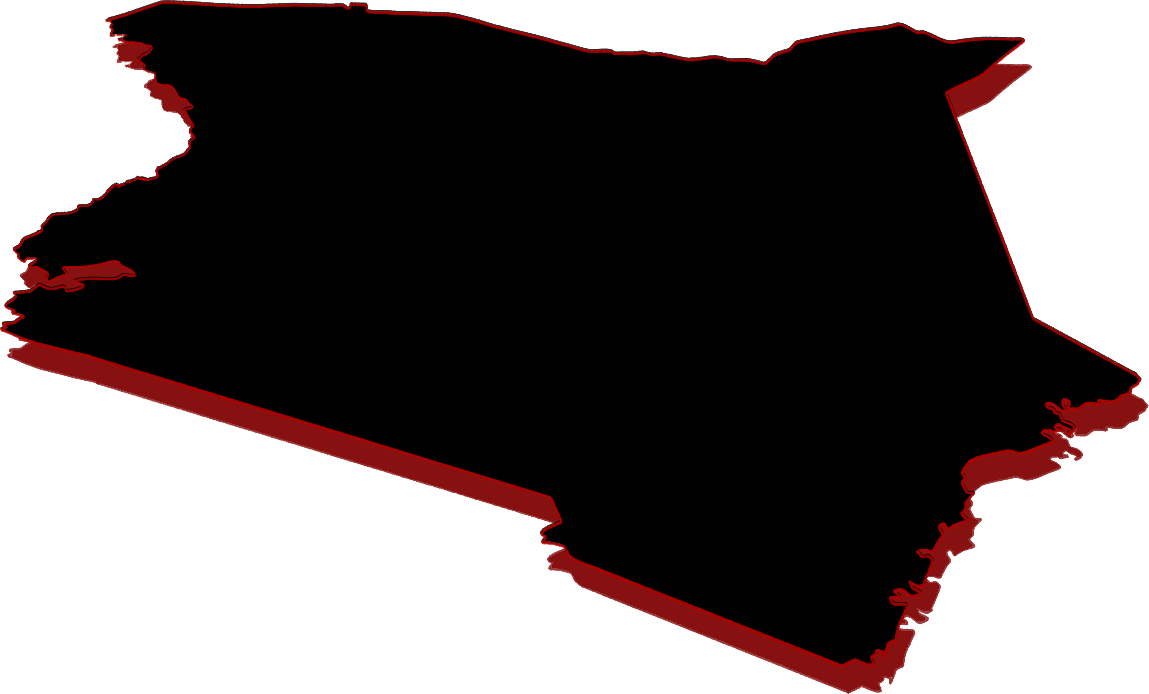Navigation guide
The African energy sector is facing a moment of unprecedented opportunity: in 2013, for the first time since colonial independence, Sub Saharan Africa’s access to power has increased. The continent has now realised that universal access to power is achievable, and that this fundamental objective could be reached without the intermediate, polluting steps other countries and continents had to pass through – a possibility summarised by the word leapfrogging.
This website aims at introducing the concept of energy leapfrogging and presenting the situation of the continent as a whole (in the section Introduction), as well as analysing the potential of four African countries (respectively in the Ethiopia, Kenya, Nigeria and Mozambique sections). This website also offers a tool for professionals and students who are interested in the study of energy leapfrogging in Sub Saharan Africa: the Database section offers a collection of indicators related to the topic of energy leapfrogging over the period 2000-2020, which could be freely consulted and analysed and which will be regularly updated.
This website stems from a report by the Energy Center of the Politecnico di Torino and the Energy, Climate and Resources Programme of the Istituto Affari Internazionali (IAI). The report is available in the database section and at the following LINK
If you are interested in the topic or need information on the report and the website, please do not hesitate to contact Lorenzo Colantoni at l.colantoni@iai.it




















